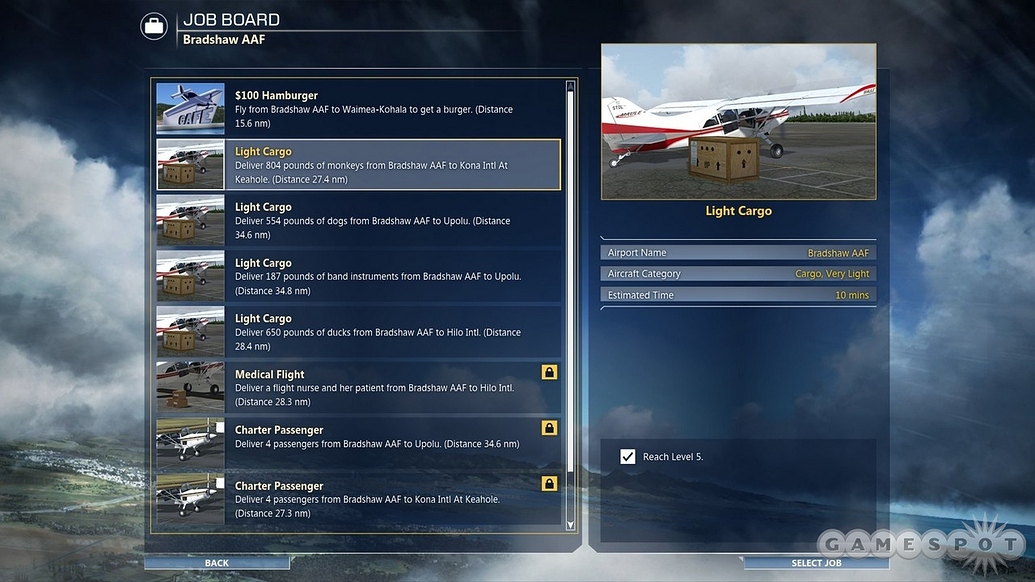

My MBs USB3.0 root hub is backward compatible with USB2.0. So on the back of the computer I have 2 USB2.0 ports, 5 USB3.0 ports 1 USB3.1 port and on the top I have 2 USB2.0 ports and 2 USB3.0 ports. I have a powered external hub which has it's own power source, but also gets power from the computer port. My mainboard has 2 USB 2.0 root hubs (I have one connected to a dual case top port and one connected to a dual port card on the back) Then I have 2 3.0 root hubs (one for on-board ports and one for case ports) and a 3.1 root hub. Generally there are two connectors on MB for USB 2.0 which many cases have as top end ports. There's usually 3 or 4 depending on whether or not the mainboard is deisgned USB 3.0 or 3.1 along with the 2.0. In the hardware of a mainboard you have USB Root hubs. I would connect the multipanel DIRECTLY DIRECTLY into your PC, disconnect everything else other than your keyboard the only other thing I can think of is the multipanel might be virtually switched off in SPAD.neXt, check the device settings. No idea why the gauges seems to function but buttons and dials not working, I assume you are using the Saitek gauges bundled with SPAD.neXt? you may have issues if you are trying to use the original Saitek saved elsewhere on your PC. If you used the auto configure then the panel should be programmed to work with STOCK aircraft out of the box.
#Fsuipc very unstable Pc
I'm assuming the USB hub is a 2.0 hub connects to a usb2.0 port on the PC as c0nnex suggests.Īs long as the FIP's aren't crashing you should have enough power in light that the multipanel is not running through the HUB, but this ALSO needs to be on a USB2.0 port. Anyway, the FIPs and Radio will use 2000mah of that leaving just 500mah for the other 9 ports. Really don't understand how a 13 port hub would come with a 2.5amp PSU, that's only 192mah per port !(if you were to use all ports. You say the multi panel is connected DIRECTLY into the computer on it's own HUB? it's either on a HUB or Directly ? It will either have all the knobs and buttons work fine manipulating the stuff in game with the instrument display not working, or the display will work but the buttons and knobs don't. The radio works fine, if I unplug it and plug it back in now and then. The FIPs work ok, but functionality of the actual instrument through the FIP (like adjusting heading bugs or ILS bugs don't work right). The newest SPAD got it all working, sort of.
#Fsuipc very unstable how to
I know some of the Saitek drivers clash with SPAD but I don't know what files I'll need to delete out of the controller drivers and what I need to keep and I have no clue how to get the FIPs working. They just sit there with their advertising images. With SPAD the switches work ok but the AP and radio panels display only about 10 percent of the time and I can't get the FIPs to work at all. I've installed SPAD and FSUIPC and while FSUIPC give me greater control over configuring flight controls it doesn't work with the FIP, radio, AP or switches. I've installed all the latest drivers I can find for the Saitek stuff but with just the drivers I can only get the yoke, rudder and throttle quads to work in the game. I know Saitek is gone but were bought out by Logitech and they are supporting this equipment.


#Fsuipc very unstable windows 7
I have successfully used all this before on a Windows 7 圆4 system before upgrading to Win10. Saitek Pro-FLight yoke system with throttle set and rudder. I'm having problems getting all my Saitek gear to work with FSX.įSX (boxed Gold edition with Acceleration) But getting SPAD.next seemed to help most of my issues except one. But of course everything also depends on the loading on your PC - FSX is very different to FS9, in particular.I posted this on Simviation hoping to find some help. It should be easy to match a reasonable frame rate in FS - certainly the 25 fps your 40 mSec cycle should be easily achievable, assuming the FS frame rate is around 25 fps too. You always want to do all the reads and writes in one batch, one "FSUIPC_Process" call. The main overhead is in message queuing and process switching. Process switching itself can take milliseconds sometimes - use Task Manager to see how many processes are running at any one time. The time when your program sees it depends on when Windows gives your process any processor time again. Once FSUIPC has provided the data and thinks it has returned the data, there's another process switch. Some things are faster than others in FS itself, depending what has to be done to get the information. I assume you are running an external EXE program? Each time you make a request there's a message posted to FS, a process switch, and eventually the message gets to FSUIPC which then responds. Is this normal?ĭepends entirely on your system. I get this value of spend time (second:millisecond). I try to read 1 byte from offset $04F0 cycling with delay 40 milliseconds.


 0 kommentar(er)
0 kommentar(er)
